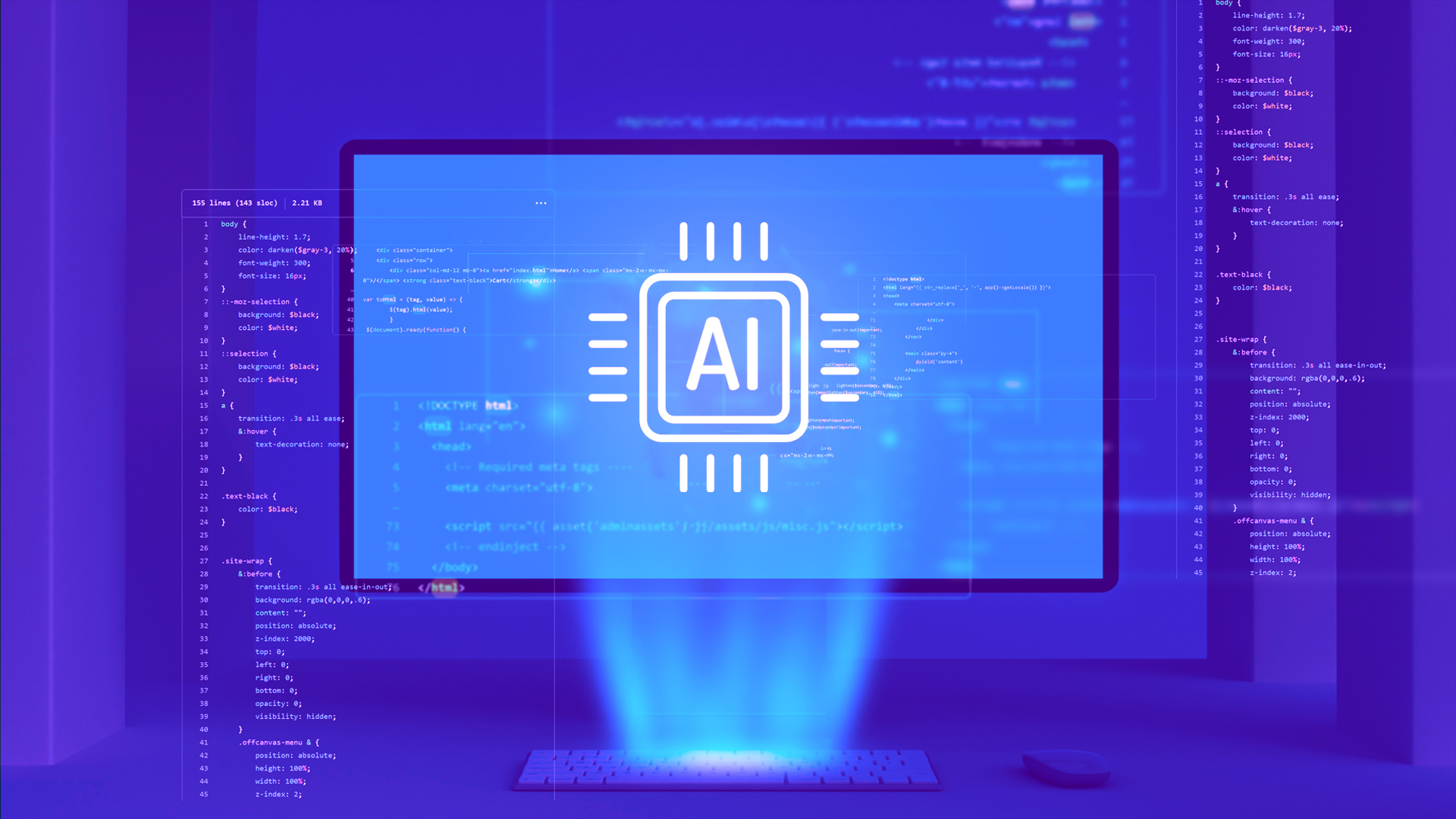Rethinking Software Application Architecture with AI: Unlocking New Possibilities – Part 1

In today’s rapidly evolving technological landscape, the integration of artificial intelligence (AI) is reshaping the way we develop and design software applications.
Traditional approaches to software architecture and design are no longer sufficient to meet the growing demands of users and businesses. To harness the true potential of AI, we need to reimagine the very foundations of software application development. With our AI led digital engineering approach, that’s exactly how we are approaching software application development and engineering.
In this blog post, we will explore how AI-enabled software application development opens up new horizons and necessitates a fresh perspective on architecture and design. We will delve into key considerations and highlight the transformative power of incorporating AI into software applications.
Note: In this blog we are not talking about using AI to develop applications. That will be the topic of a separate blog post.
This blog has 4 parts.
- Harnessing the Power of AI Models
- Transforming Data into Predictive Power
- Creating a Feedback Loop
- Evolution of Enterprise Architecture Guidelines and Governance
We’ll cover parts 1 and 2 in this blog. Parts 3 and 4 will be covered next week.
1. Harnessing the Power of AI Models with APIs
In the era of AI, software applications can tap into a vast array of pre-existing AI models to retrieve valuable insights and provide enhanced user experiences. This is made possible through APIs that allow seamless communication with AI models.
Thus, a key tenet of software engineering going forward is the inclusion of this new approach of leveraging AI to enhance user experience. By embracing this, we can revolutionize how our software interacts with users and leverages AI capabilities.
Whether it’s natural language processing, computer vision, recommendation systems, or predictive analytics, APIs provide a gateway to a multitude of AI capabilities. This integration allows applications to tap into the collective intelligence amassed by AI models, enhancing their ability to understand and engage with users.
The benefits of API-enabled applications that can leverage AI are manifold. By integrating AI capabilities, applications can personalize user experiences, delivering tailored insights and recommendations.
Consider an e-commerce application that leverages AI to understand customer preferences. By calling an API that analyzes historical data and user behavior patterns, the application can offer personalized product recommendations, thereby increasing customer satisfaction and driving sales.
Applications also have the potential to dynamically adapt their behavior based on real-time AI insights. For example, a customer support application can utilize sentiment analysis APIs to gauge customer satisfaction levels and adjust its responses accordingly. By understanding the user’s sentiment, the application can respond with empathy, providing a more personalized and satisfactory customer experience.
It follows that the data and AI strategy of the enterprise must evolve in tandem to enable this upgrade in how we define and deliver on the scope for software applications.
In the next section, we will delve deeper into the concept of AI-driven insights and how they can transform the way we present data to users.
2. AI-Driven Insights: Transforming Data into Predictive Power
With enterprises investing significantly in AI, it is no longer enough to present users with raw data. The true power of AI lies in its ability to derive valuable insights from data and provide predictive capabilities that go beyond basic numbers.
By incorporating AI-driven insights into software applications, we can empower users with predictive power and enable them to make informed decisions.
Traditionally, software applications have displayed historical data or real-time information to users. For instance, an analytics dashboard might show the number of defects in the past 7 days. However, with AI-driven insights, we can take it a step further. Instead of merely presenting past data, we can leverage AI models to provide predictions and forecasts based on historical patterns.
This predictive capability allows users to anticipate potential issues, plan ahead, and take proactive measures to mitigate risks.
AI-driven insights also enable software applications to provide context and actionable recommendations based on the data presented. For example, an inventory management application can utilize AI models to analyze current stock levels, market trends, and customer demand. By incorporating this analysis into the application, users can receive intelligent suggestions on optimal stock replenishment, pricing strategies, or product recommendations to maximize profitability.
Furthermore, AI-driven insights can be instrumental in optimizing resource allocation and operational efficiency. For instance, in a logistics application, AI algorithms can analyze traffic patterns, weather conditions, and historical data to provide accurate delivery time estimations. By equipping users with this information, they can plan their operations more effectively, minimize delays, and enhance overall customer satisfaction.
Next steps
In this blog, we introduced the concept of AI-enabled software application development and emphasized the need to rethink traditional architecture and design.
It is important to leverage AI models to modify behavior and engage users effectively.
Additionally, applications must go beyond raw data to provide predictive capabilities. These insights empower users and enable informed decision-making.
Moving forward, in the next blog post, we will delve into parts 3 and 4, which will focus on the feedback loop between applications and AI models for enhancing user experience and enriching the data store, as well as the evolution of enterprise architecture guidelines and governance in the context of AI-enabled software application development.
Stay tuned for the next blog post to learn more about these crucial topics.